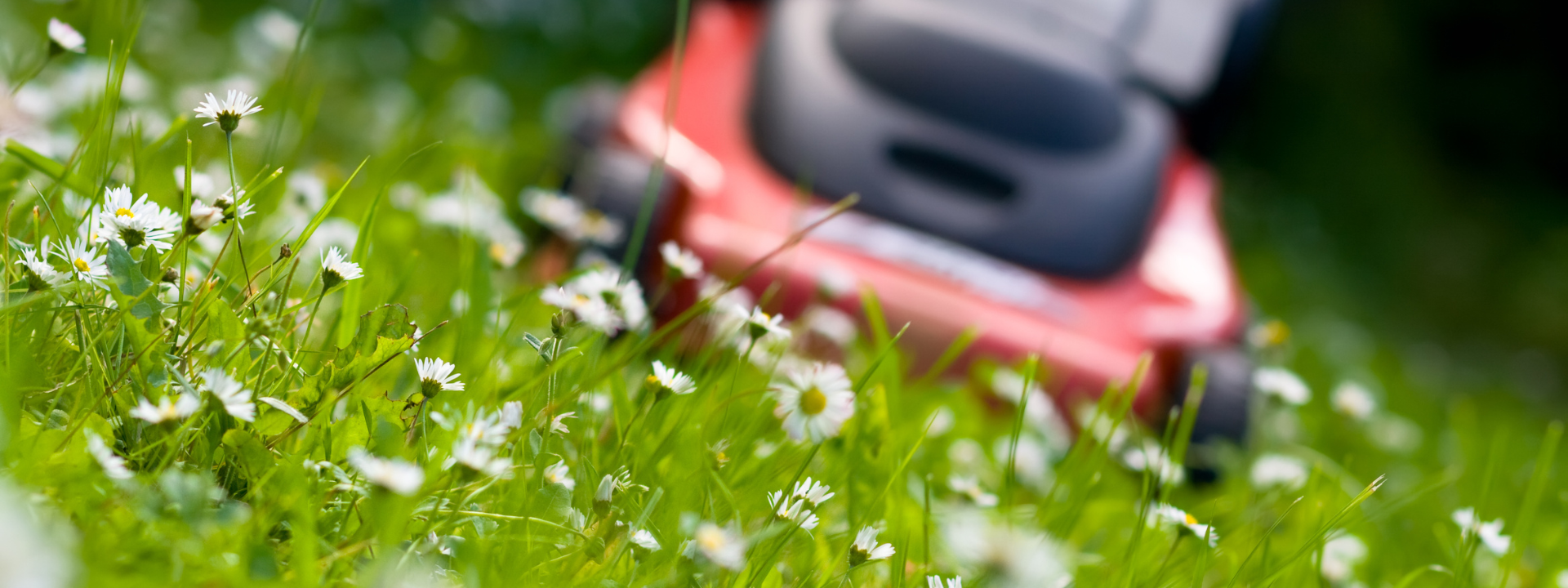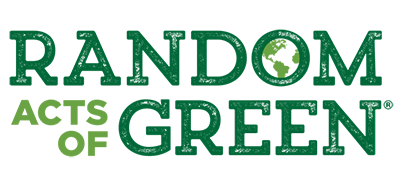Excuse the Weeds. We're Feeding the Bees for 'No Mow May'


‘No Mow May’ invites you to relax and let the grass grow a little while longer. It may be tempting while at home to fire up the lawnmower to tidy up your green space but we are asking you to consider hitting the brakes on that idea.
Let the first flowers of spring fully emerge to support the pollinators who are recently awakening from hibernation.
Pledge to be a Pollinator Pal and join the No Mow May movement.
Get a Free Printable Poster For Your Yard at the button below!
Every Flower Counts During No Mow May
The ‘Every Flower Counts‘ campaign in the UK found that 80% of lawns supported the equivalent of around 400 bees a day from the nectar sugar produced by flowers such as dandelion, white clover, and selfheal.
🌱 The highest production of flowers and nectar were found on lawns cut every four weeks. This longer, unmown grass had a wider range of flowers. (Source: Plantlife UK)
No Mow May Sign

No Mow May Benefits
Did you know that many of the 20,000 species of bees help pollinate 85 percent of food crops and fruits around the world?

In recent years their numbers have been decreasing by the billions due to habitat loss, pesticide use and climate change.

These creatures carry pollen on their bodies and move it between flowers. This seemingly small and nearly invisible act is the very basis of natural landscapes around the world.
We must do our part to support local biodiversity by protecting the habitats of these essential creatures!
No Mow May Pros and Cons
The great thing about the No Mow May Movement is that it is a starting point for challenging the pervasive tradition of a monoculture and manicured green lawn. These spaces are a vast waste of resources to maintain and are of little benefit to local biodiversity.
A downside is that it makes the dandelion the poster child for the bees and often non-native bees. These are both non-native organisms and there are other more beneficial plants and pollinators that are deserving of attention. Many trees actually provide an early source of pollen as do other native spring ephemerals that can bloom before dandelions.
Dandelions can give the native gardens movement a bad name as people might mistakenly believe native gardens look weedy or neglected. This is because dandelions are classified as a weed and are the reason for chemical treatments on grass.
Dandelions didn’t exist in Ontario before colonization, so they are not necessary for native bees. In fact, studies have found that dandelion pollen is not as beneficial to native bees as one may think. “When dandelion pollen was fed to solitary bees larval development was stunted or incomplete.” Dandelion pollen is low in valine, isoleucine, leucine and arginine, essential amino acids for honey bees. It does not provide a quality food source.
We’re sharing this perspective here to think beyond No Mow May, and consider other eco-friendly lawn alternatives like a clover lawn. We don’t want to oversimplify ‘No Mow May’ as the bee-all and end-all solution to Save The Bees.
Help Support Our Mission
![]() Buy one to support our mission to educate, entertain, engage, and empower both individuals and organizations to participate in Green behaviour locally and globally!
Buy one to support our mission to educate, entertain, engage, and empower both individuals and organizations to participate in Green behaviour locally and globally!

Resources for Further Reading
- The Problem with Honey Bees https://www.scientificamerican.com/…/the-problem-with…/
- The Real Scoop on Dandelions and Honeybees https://www.naturesseed.com/…/dandelions-and-honeybees/…
- Are Dandelions Really Important to Bees? https://www.gardenmyths.com/dandelions-important-bees/
- WHAT’S THE BUZZ ON NATIVE BEES? A key underdog in pollination and ecosystems https://www.oursafetynet.org/…/the-buzz-on-native…/…
➡️ We want to know:
❓ Will you participate in ‘No Mow May’ this year?
Check out our related blog posts on the importance of Leaving The Leaves and 10 Ways to Reconnect with Nature.






